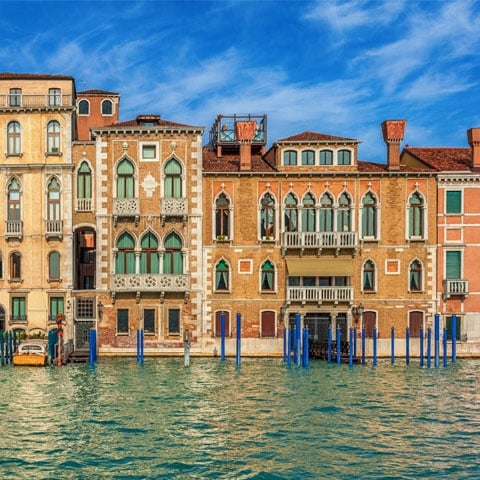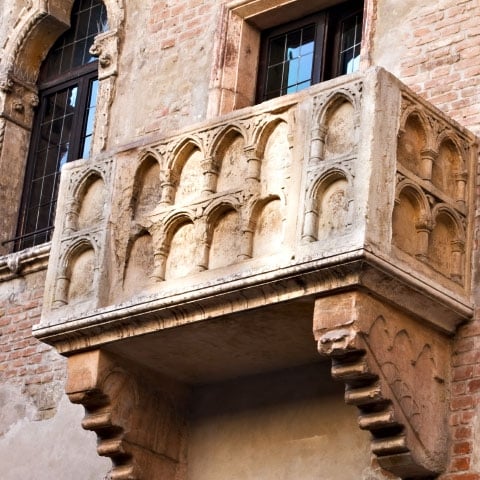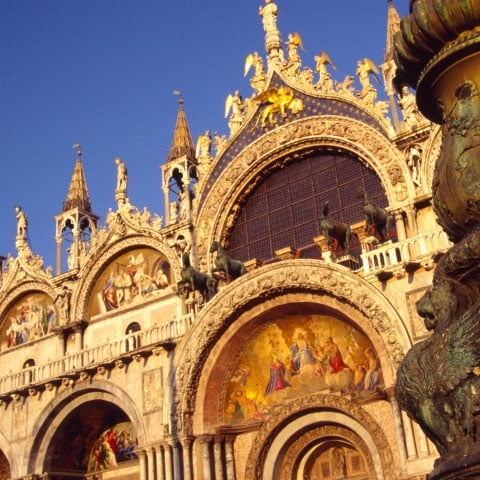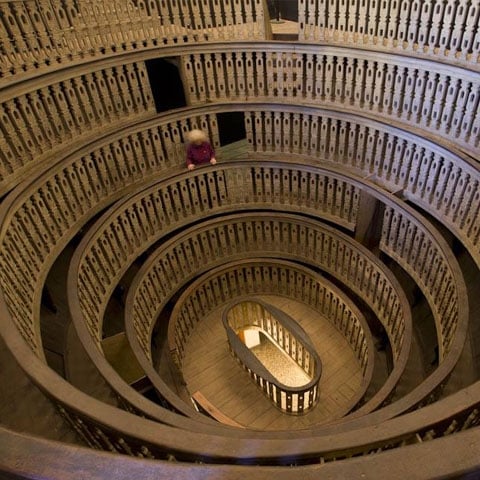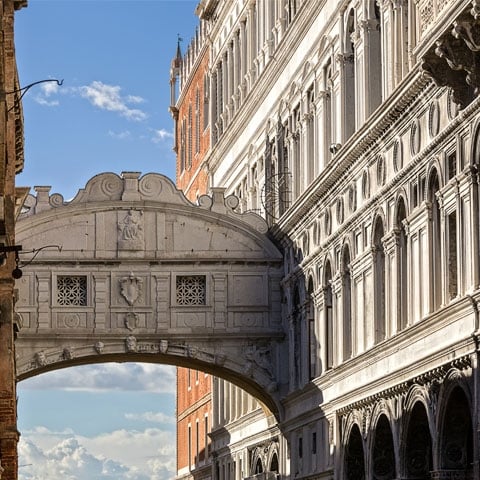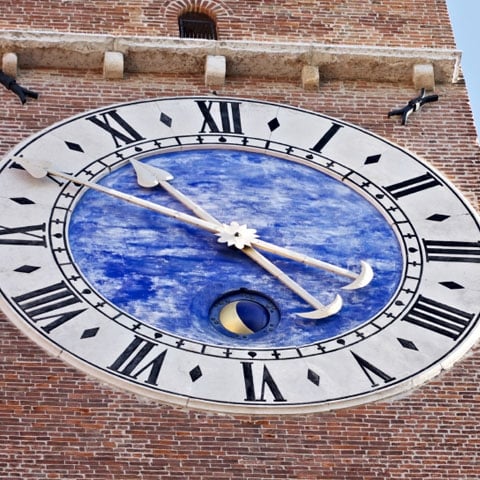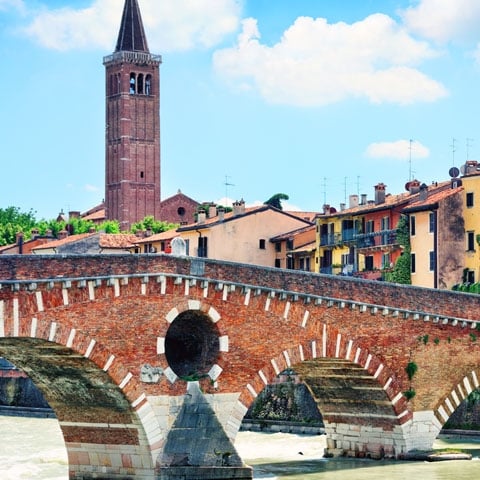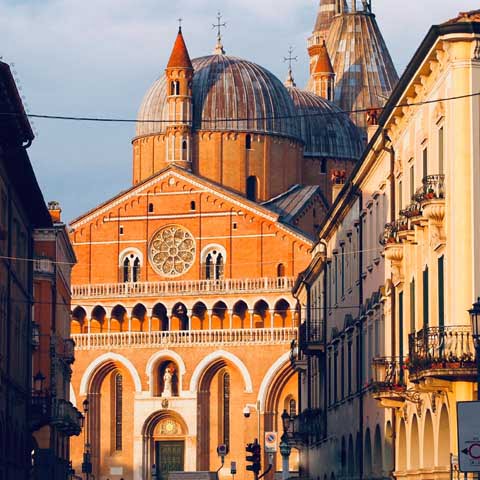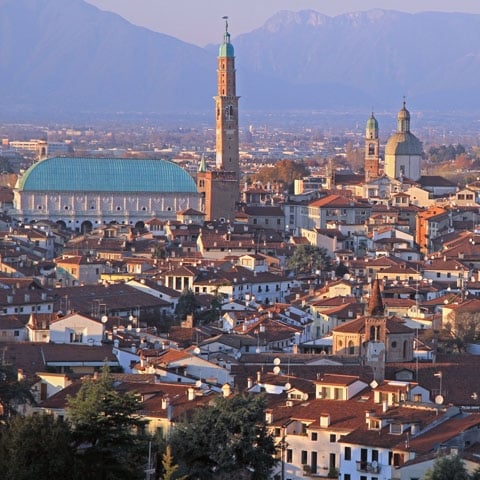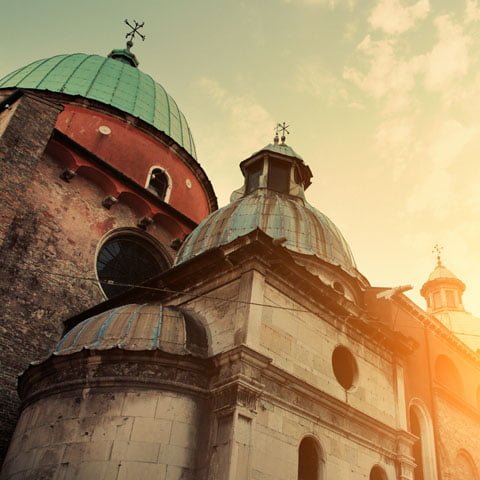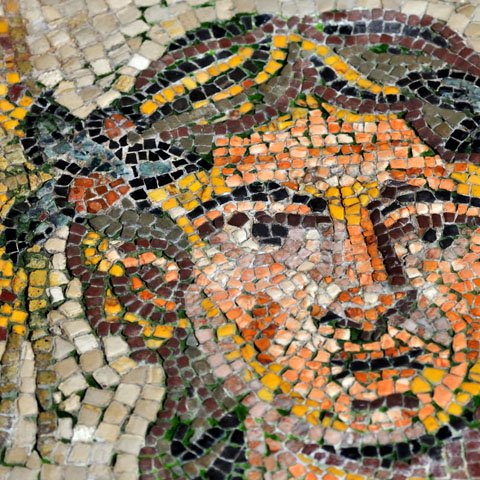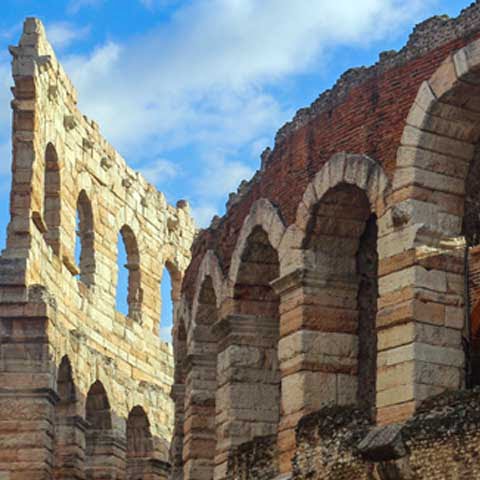Surrounded by the Alpine foothills, the pre-alpine hilly reliefs, and also the sea, Veneto is one of the most peculiar and fascinating regions in Italy. The alpine territory merges with the lower Adige and with the river Piave, meeting the northern Adriatic and forming the fertile hinterlands of the lagoon.
Veneto’s territory as we know it today was already a region – called Venetia – since the state reorganization commissioned by Emperor Augustus. From the fourteenth century, the Venetian Republic, or Serenissima, began to interfere with the regional politics. And in the same period, the Veneto region became the Land State of the Venetian Republic, a name designated to distinguish this territory from the other possessions that Venice had in different areas of the Mediterranean basin, called the Sea State.
The commercial and administrative bonds established under the Republic, which lasted for more than four centuries, transformed Veneto into a strategic pole in Northern Italy, a region where trade and exchanges between Venice and those overseas found their center of gravity.
Even today, Veneto retains much of its strategic importance. Padua and Treviso were the protagonists of extraordinary economic and urban development in the last century. But these aren’t the only cities to have benefited from the growth.
The Veneto region is the Italian growth symbol of excellence. Numerous brands, considered the highest ambassadors of the country’s Made In Italy trademark, have taken their first steps in this region. Then, the industrial take-off boosted the region’s economy even further thanks to its strategic geographical position. In fact, connecting the rest of the country with Eastern Europe, Veneto is a nodal point on the economic route.
And then, there is Venice, a city that exceeds all expectations from an economic, administrative, and aesthetic point of view. Suspended between the sky and the sea, Venice still lives all the glories linked to a fascinating past. A cultural and university pole, this is one of the most visited cities in the world.
But Veneto boasts other noteworthy places too. Verona, Vicenza, and Padua are all important from artistic and cultural standpoints. The alpine landscape that merges with the lagoon, the mild climate of Lake Garda, natural spas and baths, and numerous wonders makes the entire region a valuable tourist destination.
The region derives its name from the ancient people of the Venetians, a tribe of Indo-European origins.
Prehistory Of Veneto
Prehistory is well represented in Veneto. The most ancient human traces were found in the quarries of Quinzano Veronese, whose deeper levels correspond to the Lower Paleolithic. Tools corresponding to the Clactonian flint technique testify the presence of humanoids since the earliest times.
Evidence of subsequent lithic industries have also been found. These artifacts correspond to a particular chipping technique called Levallois, which is attributable to the end of the Lower Paleolithic and encountered in the transition phase between the Lower and Middle Paleolithic.
Mousterian industries belonging to the Würm period were also discovered. And the upper levels of the same quarry, as well as in various other locations in the provinces of Verona and Vicenza, traces of primitive settlements dating back to the same period have been unearthed.
The stratigraphic evidence found scattered throughout the region continued with artifacts from the Upper Paleolithic, an ancient phase of which the most recent discoveries were found at Riparo di Fumane.
Also abundant is the evidence of the final Epigravettian era, dating between 10-11,500 years ago. Numerous stone artifacts, flint and bone statuettes, and abstract engraved motifs are attributable to this era.
Noteworthy from an archaeological point of view is a burial site discovered in the shelter of Villabruna, near Belluno. Dating back to the same Epigravettian era, the site holds important evidence, including evidence of early art forms on stone depicting human figures.
There are rather frequent findings attributable to the ancient Holocene. The burial site of a hunter from the Mesolithic age, attributable to about 7300 BC has been discovered. Rich in funerary artifacts made from bone, this is one of the most important archaeological sites in Veneto.
The cultural facies of Remedello and bell-shaped glass industries related to the Copper Age have been identified in many archaeological sites, while the subsequent Bronze Age shows a continuing tradition of pile dwellings grouped in settlements, which are similar to those identified in Emilia Romagna.
Particularly important are the excavations of Frattesina, attributable to the end of the Bronze Age. These findings highlight the flourishing trade between the peninsula, the transalpine territory, and the eastern Mediterranean region.
The early Iron Age left important manifestations in the necropolis of Este, as well as in Padua. This civilization that occupied the whole southeastern alpine arc is beautifully represented by splendid bronze statuettes and other artifacts attributable to the seventh and sixth centuries BC.
History Of Veneto
The Romanization of the territory began towards the end of the third century BC, following an alliance between the Romans and the Venetians, who intended to defend their autonomy from the Celts, settling in the valley of Po in the fourth century BC.
Due to the strategic importance of the region, Rome rapidly gained an interest in settling its first colonies here. Once established in the region, the Romans started the infrastructural development with the construction of roads, including Postumia and Annia. This development led to a true proliferation of the existing urban centers like Este, Padua, Vicenza, Treviso, and Verona. Other centers, including Altino, Chioggia, and Concordia Sagittaria were subsequently founded to accommodate a growing population.
The concession to the Venetians, the use of Latin laws in 89 BC, and full Roman citizenship in 49 BC marked the beginning of a period of prosperity for all Venetian cities, while Venice became the capital of the region and received the title of municipium and full administrative autonomy.
But this period of growth and development ceased towards the end of the second century AD, following a series of struggles between the Venetians and the barbarians. For necessity, the social life of the region moved along the coasts, and in the sixth century, the Greek-gothic war and the advent of the Longobards transformed Veneto into a battlefield.
Following the invasion, a clear separation was established between the continental zone which passed under the Longobard domination, and the coastal area dependent on the Byzantine Empire. At the same time, the schism that fractured the religious field brought further sorrow to the region.
The Venetian lands belonging to the new Longobard kingdom were divided between the duchies of Vicenza, Verona, and Ceneda, belonging to Austria. This administrative division of the mainland resulted in rapid decline, although a certain continuity was guaranteed by the bishops and the church, who became authoritative references in the moral, cultural, and social fields.
Instead, the Byzantine area was rendered an autonomous province in 584 and received the name of Venetia Maritima.
The hinterland of the Roman-Venetian political and religious authorities, together with some of the locals, found refuge in the lagoon in the small centers of Rialto, Chioggia, Eraclea, Torcello, and in other small settlements. Beginning to develop during the reign of Emperor Leontios, these lands were united in 697 in the Duchy of Venice.
The definition of the formal separation between the two worlds, despite the strong osmosis that continued to exist between the territories, took place with the establishment of the boundaries between the Duchy of Venice and the Longobard Kingdom, signed by the Longobard king and the first doge of the future republic.
In the meantime, within the duchy, the growing Longobard pressure and the fierce infighting between the capital Eracliana and the nearby Equilio, led to the transfer of the ducal seat to Metamauco.
The events coincided with the decline of the Byzantine control over Italy, and the territory of the lagoon assumed even greater characteristics of independence from the central power. But the political dependence of the Byzantine political power became more than formal after the Longobards conquered Ravenna in 751.
On the other hand, the major Longobard centers including Padua, Treviso, Vicenza, and Verona joined the so-called “league of Verona” in the struggles against the empire between 1164 and 1168. The events led to the establishment of the various Signorias, such as Della Scala, D’Este, Da Carrara, and Da Camino. All these noble families perpetrated a policy of plurality of the centers of power, which were often involved in conflicts with each other and with the powerful neighboring states.
The situation remained almost unchanged in the following centuries, with the exception of the Duchy of Venice. The Duchy’s history followed a different course, with the affirmation of a strong Republic, which controlled a wealth of lands and territories in the whole Mediterranean basin.
And as a result of the many struggles between the various Signorias, the Veneto region ultimately had to bow to the supremacy of Venice. The Duchy succeeded in giving a unitary structure to the region without absorbing the new dominions in the state administration, but allowing the Signorias to preserve their local orders.
From now on, the history of Veneto coincides with the history of the Serenissima. For centuries, the Venetian Republic ruled in the Mediterranean, playing an important role thanks to its military power. However, the decline of trade in the maritime empire in the seventeenth century contributed to a progressive reduction of the dynamism of the ruling classes, which led to a social and political stagnation of the Republic.
Despite this, Venice was still strong enough to fight against the Turks and defend its last maritime possessions. Following the attacks, the Republic established a partial reorganization of the armies, reaching a definitive settlement of contended borders with Austria.
The eighteenth century marked the definitive decline of the political model of Venice. Unable to renew itself and to identify precise political objectives, the nobility led the state to shut itself down in an ostentatious neutrality, and a strict maintenance of the traditional structures. But this didn’t save it from the European attacks unleashed by the French Revolution.
From 1797, following the Treaty of Campo Formio, the Veneto region was annexed to Austria, and from 1805, after the Peace of Pressburg, the territory passed to the Italic Kingdom. After the third war of independence in 1866, Veneto became part of the Kingdom of Italy.
During the First World War, following the defeat of Caporetto, the Italian-Austrian front moved from the Alpine belt to the heart of Veneto, up to Monte Grappa and the Piave. The outcome was devastating and the situation got even worse in the Second World War when, following the armistice of 1943 and the establishment of the Republic of Salò, the entire region suffered the Nazi-Fascist occupation. Treviso and Vicenza were severely bombed by Allied troops, and many other municipalities suffered profound damage as well.
In the post-war period, Veneto focused on the development of its industries and service sectors. The lagoon became a focal point of the tourism growth, and today the region is one of the most flourishing regions in Italy.
Archaeology In Veneto
Archaeology is very well represented in Veneto. Besides numerous open-air sites that attest the human presence since the Lower Paleolithic age, there are many Roman vestiges and archeological artifacts present in archaeological museums scattered throughout the region.
The National Archeological Museum of Venice houses a beautiful collection of ancient sculptures, bronzes, ceramics, and numismatics. The Museum of Archeological Science and Arts in Padua is another noteworthy museum that holds important artifacts and artworks grouped in permanent exhibitions.
Numerous archaeological museums are scattered throughout the region, displaying artifacts from the earliest Venetian civilizations to the Middle Ages, and even from modern times.
About Veneto:
